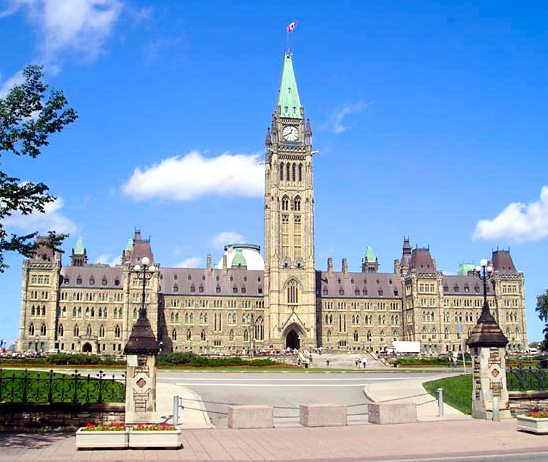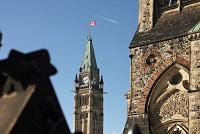The study of Canadian politics has two related parts. The first involves understanding and analyzing the Canadian democratic system, it’s government structure and powers, and it’s political parties and political actors. The second looks at some fundamental societal (non-governmental) forces that affect the Canadian political environment; the most important of these being regionalism, Quebec nationalism, aboriginal politics, social class, gender, and multiculturalism. Canada’s relationship with the United States, as well as the rest of the world, plays an important role in defining a Canadian political identity as well. The study of Canadian politics also looks at issues such as media, public opinion, and voter turnout.
government structure and powers, and it’s political parties and political actors. The second looks at some fundamental societal (non-governmental) forces that affect the Canadian political environment; the most important of these being regionalism, Quebec nationalism, aboriginal politics, social class, gender, and multiculturalism. Canada’s relationship with the United States, as well as the rest of the world, plays an important role in defining a Canadian political identity as well. The study of Canadian politics also looks at issues such as media, public opinion, and voter turnout.
Canada is a federation with three branches of central government: the executive branch (which includes the Prime Minister and the Cabinet), the legislative branch (which includes an upper house known as the Senate and a lower house known as the House of Commons), and the judicial branch (which is Canada’s independent Court system). Judges and Senators are appointed. The House of Commons is composed of 308 elected Members of Parliament (MP).
Members from each political party in each riding are responsible for nominating a member to stand as their party’s candidate in an election. The candidate from the political party that wins the most votes in the election in their riding will become the MP for that riding. Political party members also nominate their party’s leader, and the leader from the party that wins the most seats in the general election is typically appointed by the governor general to assume to the role of Prime Minister. The governor general, on the advice of the Prime Minister, then appoints the Cabinet Members. Almost all bills proposed by the Cabinet are enacted, compared to a relatively small number of bills originating from individual MPS, giving the Cabinet significant control over the legislative agenda of the House of Commons.
Canada currently has a multi-party system with the Conservatives, the Liberals, the NDP and the Green Party (and a handful of smaller, special interest parties). A Conservative government has been in power since 2006, Canada’s current Prime Minister is the Right Honourable Stephen Harper, and Canada’s current Cabinet is referred to as the Harper Cabinet, which is part of the 28th Ministry.
Image Source: Wikimedia Commons
© BrainMass Inc. brainmass.com June 30, 2024, 9:21 am ad1c9bdddf


